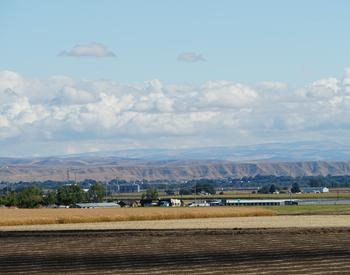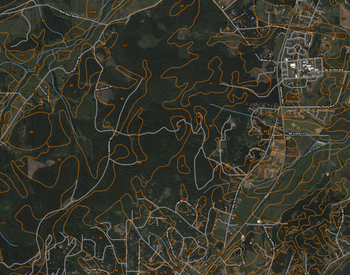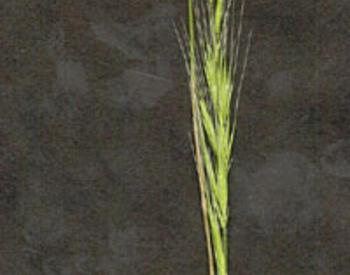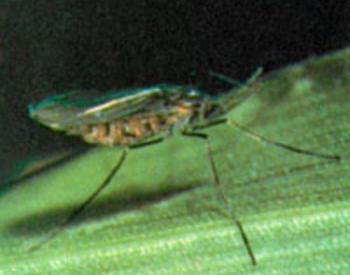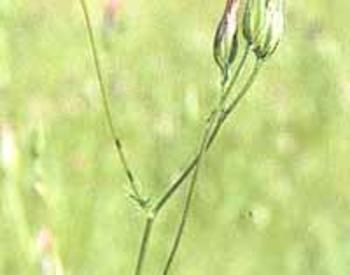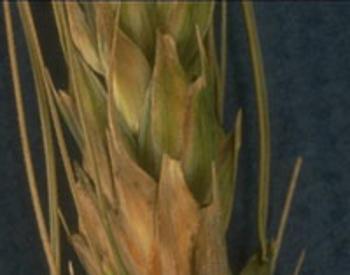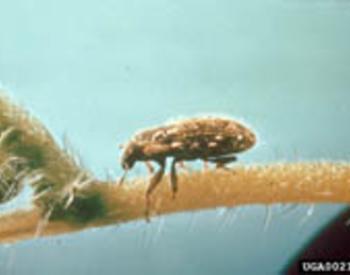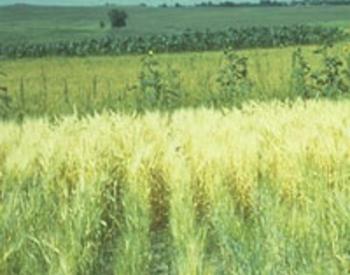Like snowflakes, no two rental agreements are alike. While it would be convenient to have a template to use, there is too much variability.
Cash rents are influenced by differences in soil productivity, geographical location, length of growing season, irrigation system, size of field(s), distance to market, length of lease agreement, plus other possible local factors. Nevertheless, a considerable amount of land is rented for cash and a baseline for creating rental agreements needs to be available.
A common starting point for determining rental rates is to start with the opportunity cost of land. An initial estimation of the opportunity cost can be determined by taking the estimated value per acre of farmland ($4,500) and multiplying by the return rate of 5%. $4,500 x 5%= $225. From this point, the landlord and tenant can make adjustments by weighing the specific factors that will come into the decision for that particular situation.
Another point of reference is the National Agriculture Statistics Service (NASS). NASS surveys and compiles a data set annually of a variety of economic values such as cash rents broken down by county. The NASS website is designed to allow queries based on state, county, year, irrigated vs. non-irrigated, pasture and several other categories. This provides an inquisitor the opportunity to compare similar growing regions.
An example of this is included at the end of this document (Table 1). Cash rents for 2009-2014 were compiled for two counties in Oregon and three neighboring counties in Idaho. This provides a comparison of values across multiple counties in the same growing region.
It is common for farm rental agreements to be written for multiple years. The tenant then has the flexibility of developing a crop rotation that fits their needs. Applying cash rents to individual crops in these types of arrangements is virtually impossible. It is important to recognize this when creating a multiyear lease to protect the interests of both parties.
The length of lease is probably the most influential factor in cash rent rates for potentially higher-value crops such as onions and potatoes. A one-year lease on land that could be immediately planted to onions or potatoes and would not require fumigation would be considerably higher per acre than a longer-term lease where a crop rotation would have to be developed that would include lower value rotation crops such as wheat.
Another influential aspect in Malheur County is irrigation system improvement projects. Many leases are currently being written in length from 5–7 years to protect the investment a tenant might make in irrigation system improvements such as burying mainline and installing sprinkler equipment.
If a property has not been properly managed, there could be extensive work needed on the irrigation system, weed pressure, and rodent issues such as voles, gophers and ground squirrels. When there is much work to be done the first year to get the land into operating condition, a substantial decrease in rent may be made the first and even the second year.
The payment to the landowner for cash rents is commonly split with 50% paid in the spring prior to planting and the remaining 50% after harvest is completed.
The purpose of this document is to provide a guideline for landlords and tenants to start building an equitable lease. Values are subject to change with time and participants are encouraged to ask questions to make sure they are current with rental conditions. Any inputs that tenants and landlords would like to provide to help make updates possible are appreciated.
| Oregon | Idaho | ||||
|---|---|---|---|---|---|
| Year | Malheur | Baker | Canyon | Payette | Washington |
| 2019 | 208 | 113 | 239 | 183 | 195 |
| 2017 | 185 | na | 209 | 172 | 167 |
| 2016 | 190 | 134 | 216 | 167 | 142 |
| 2014 | 165 | 136 | 185 | 164 | 138 |
| 2013 | 165 | 135 | 180 | 169 | 137 |
| 2012 | 150 | 107 | 173 | 147 | 136 |
| 2011 | 155 | 98 | 157 | 131 | 150 |
| 2010 | 143 | 83 | 175 | 130 | 170 |
| 2009 | 150 | 83 | 162 | 145 | 163 |
